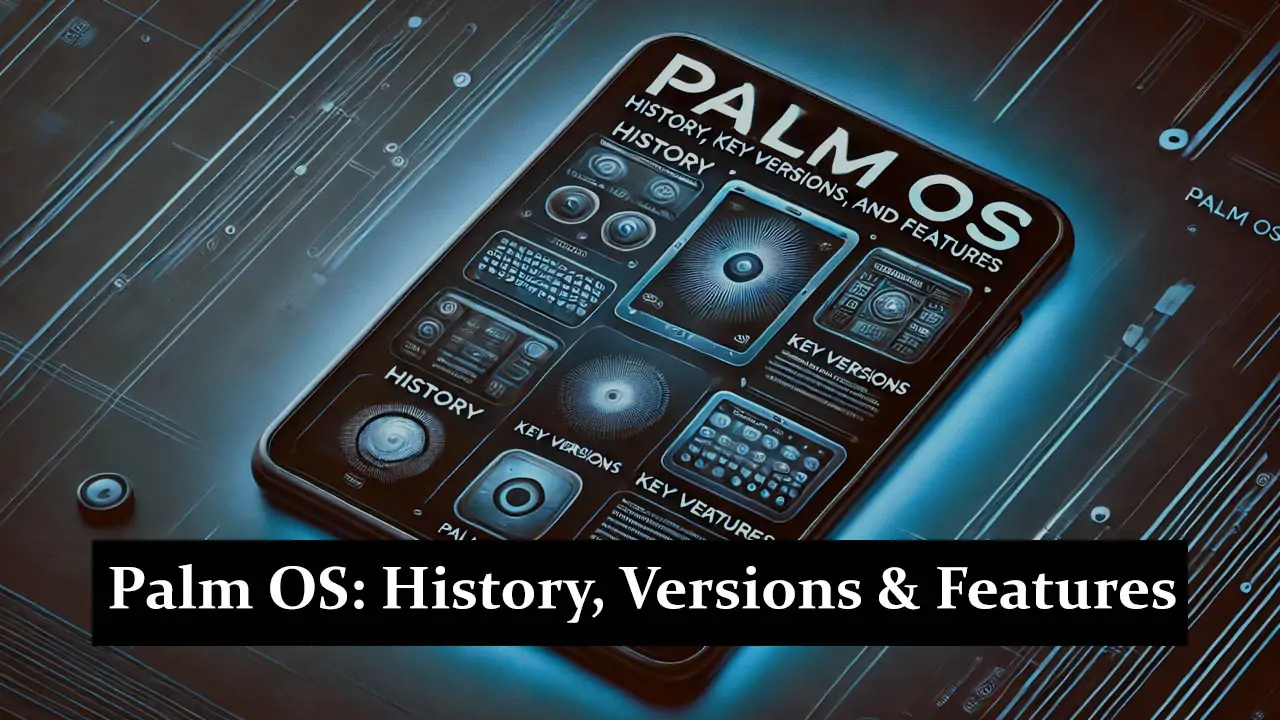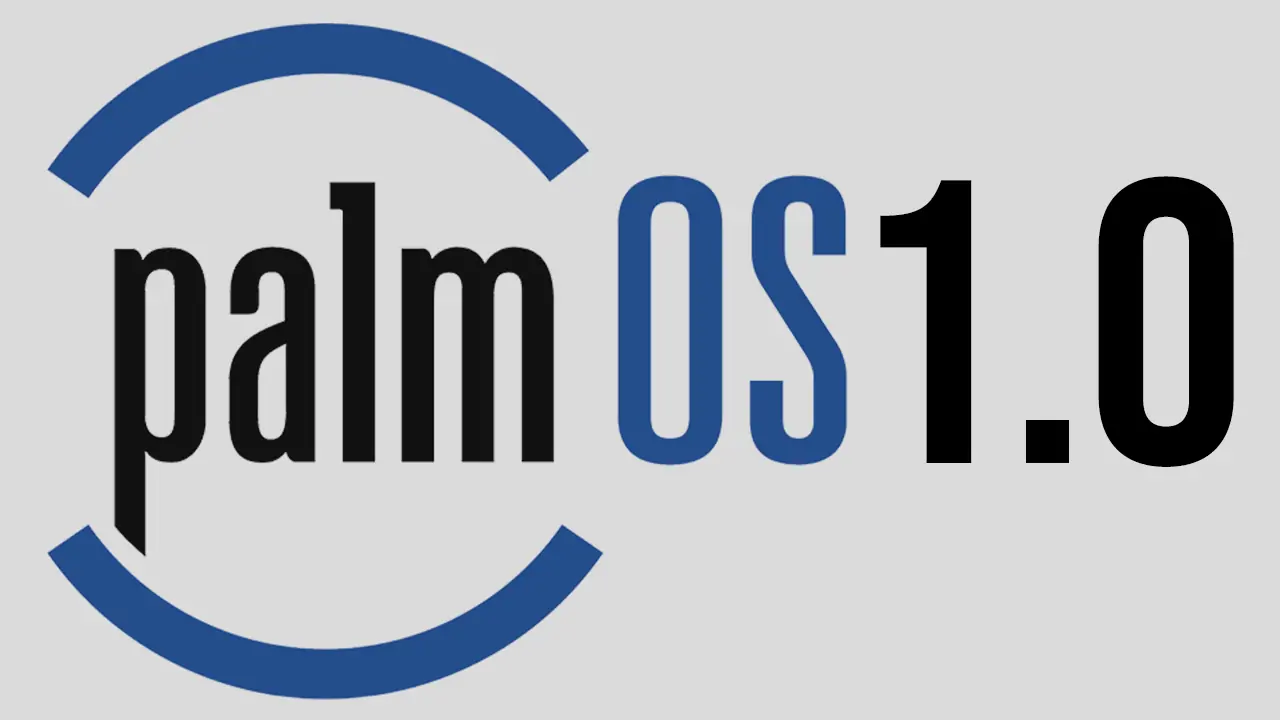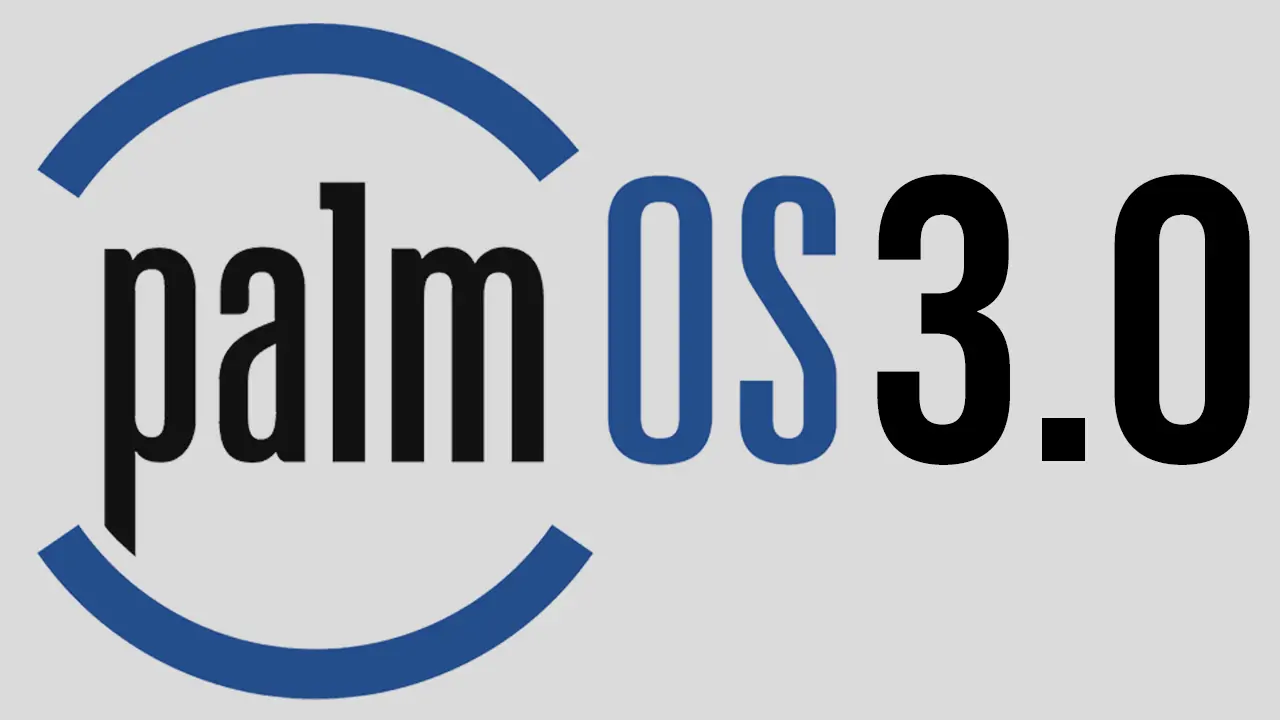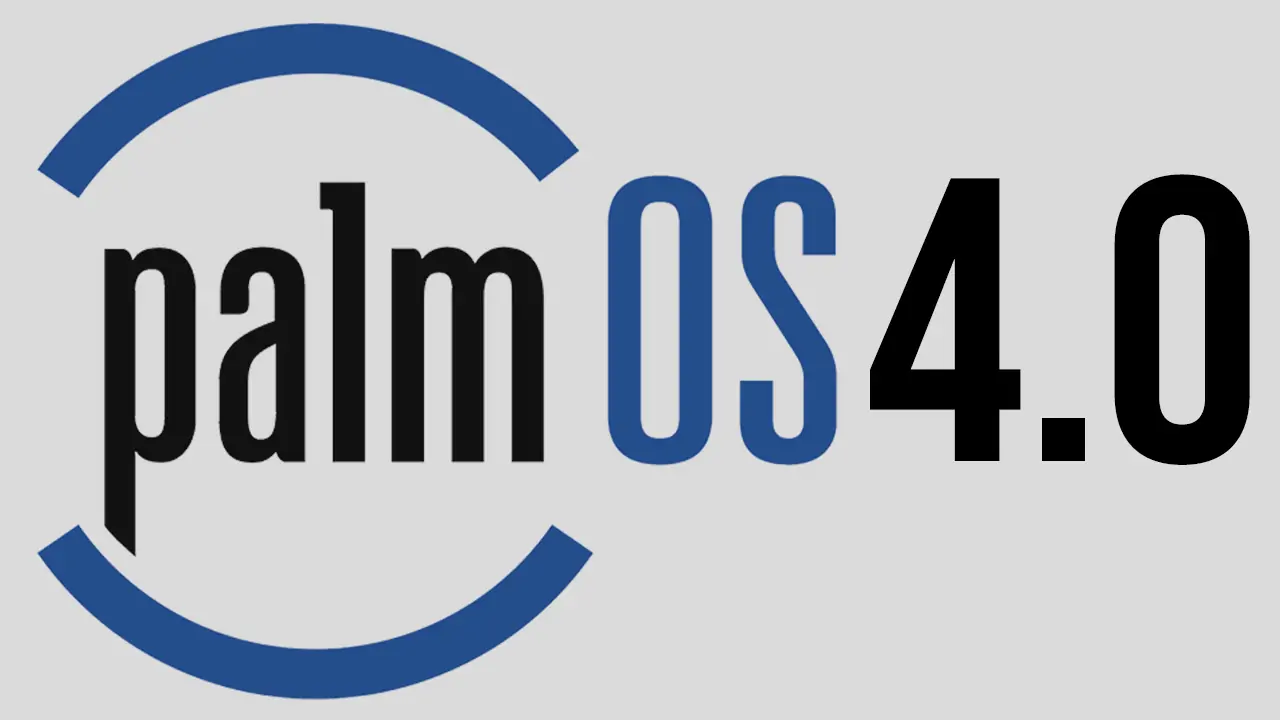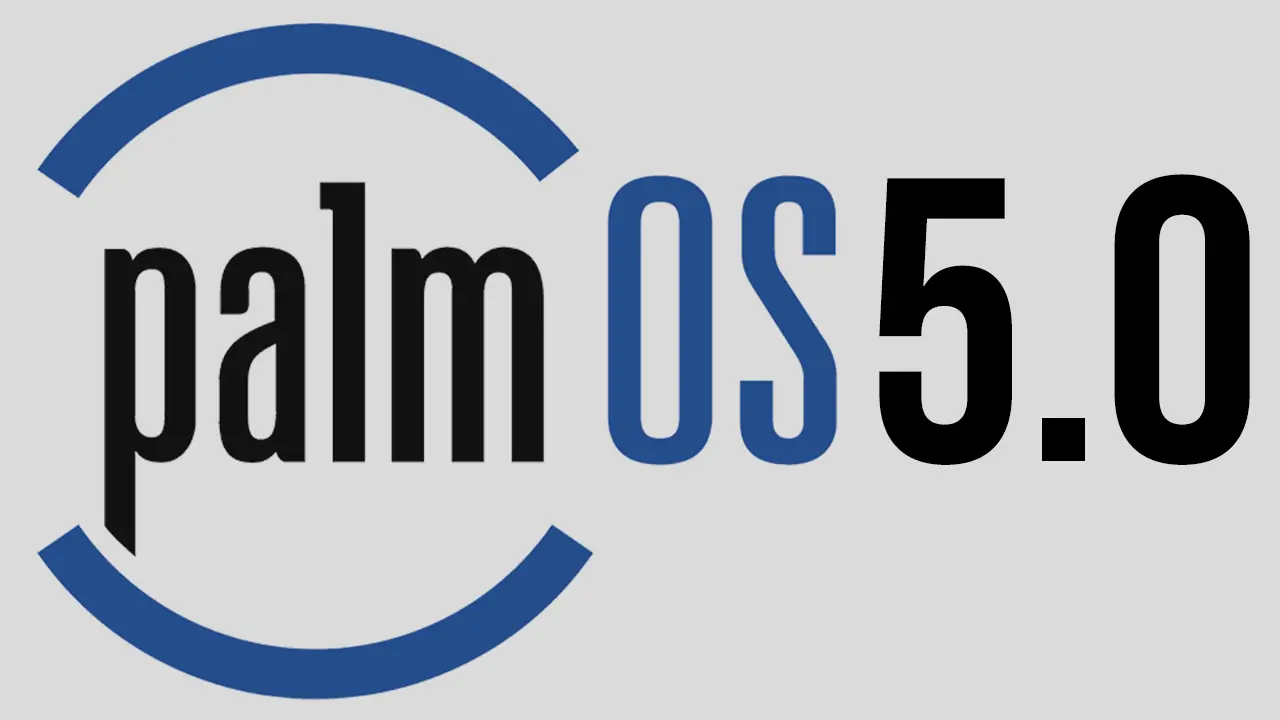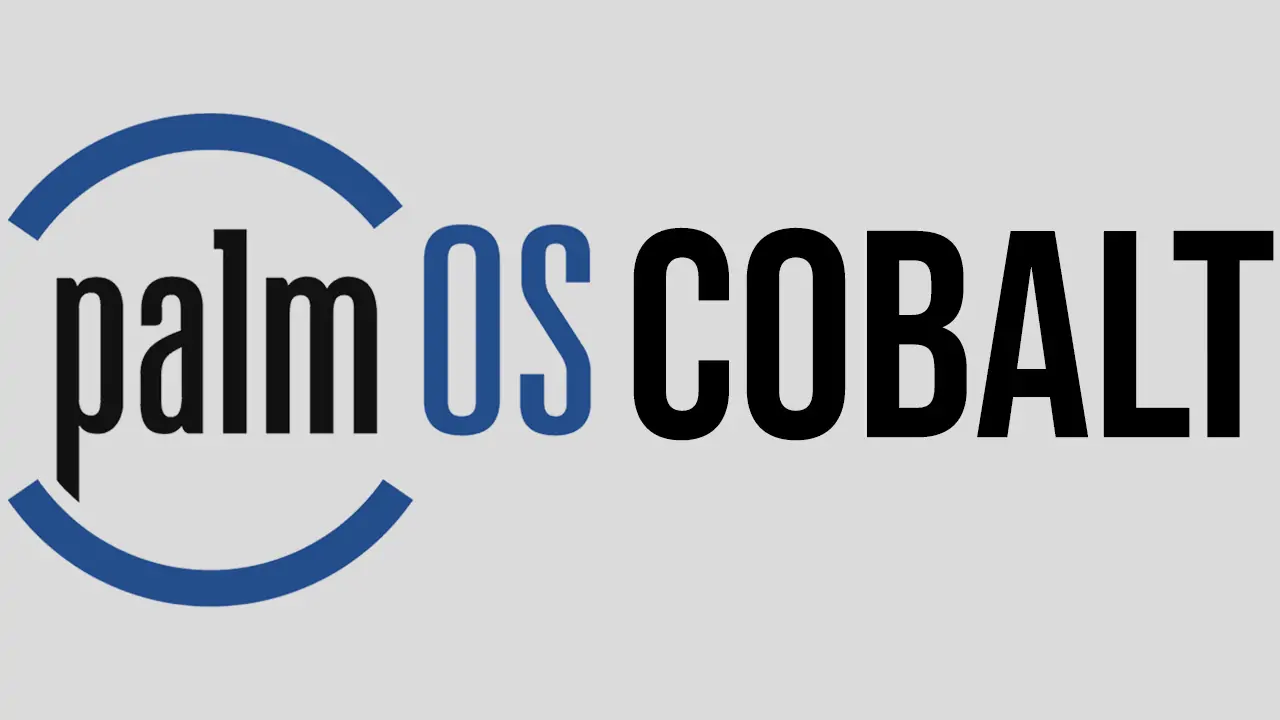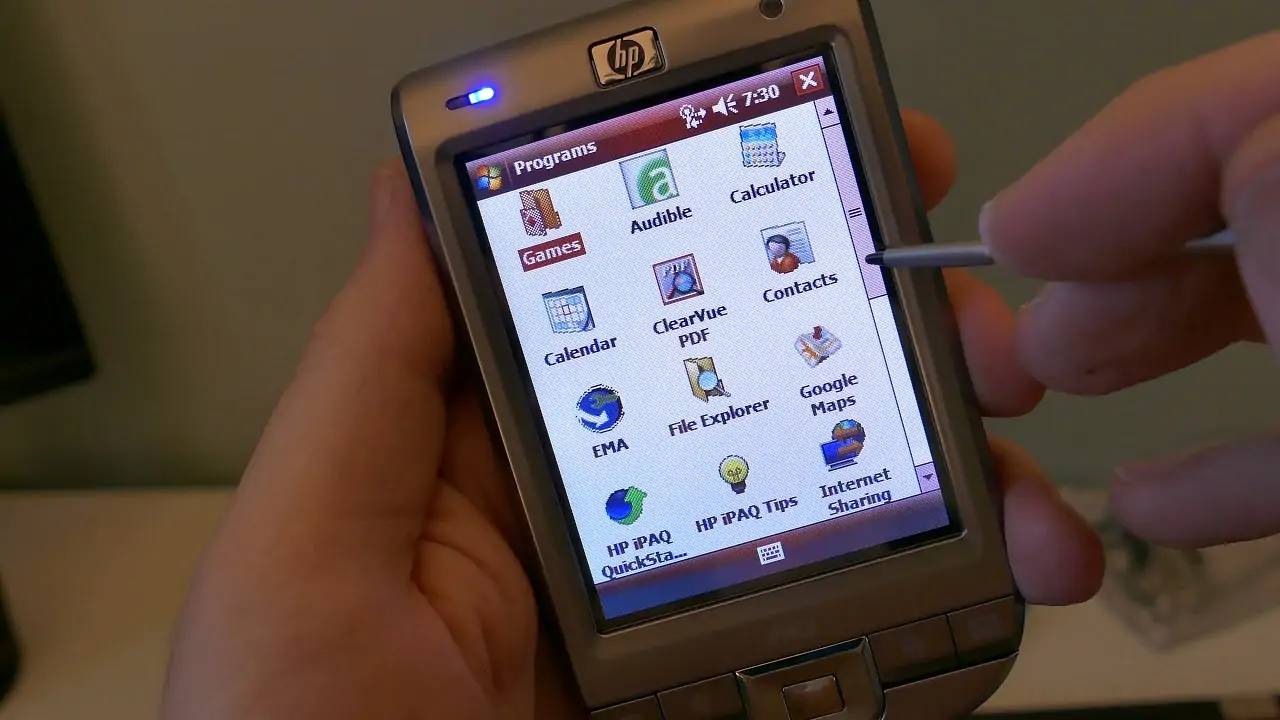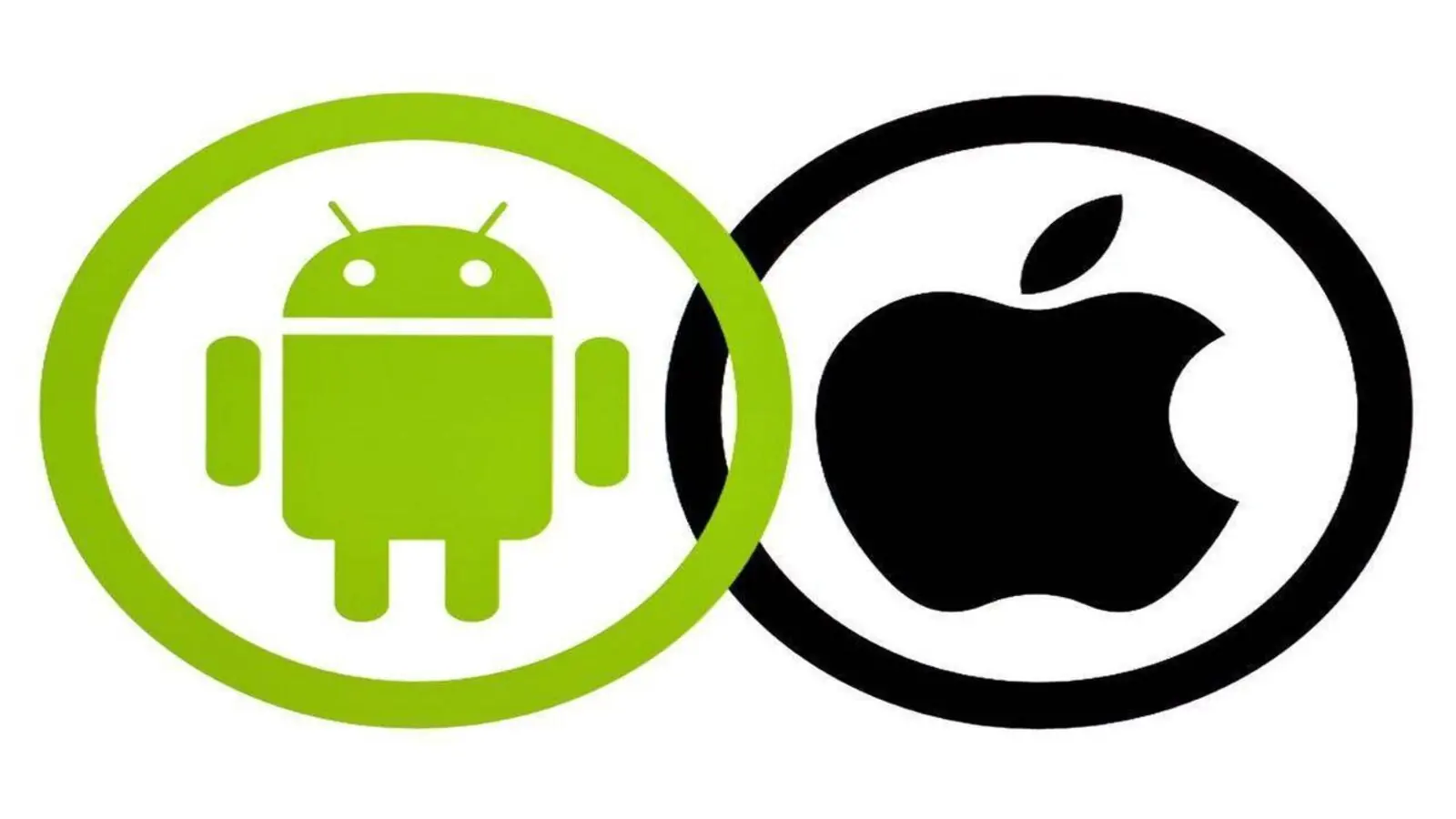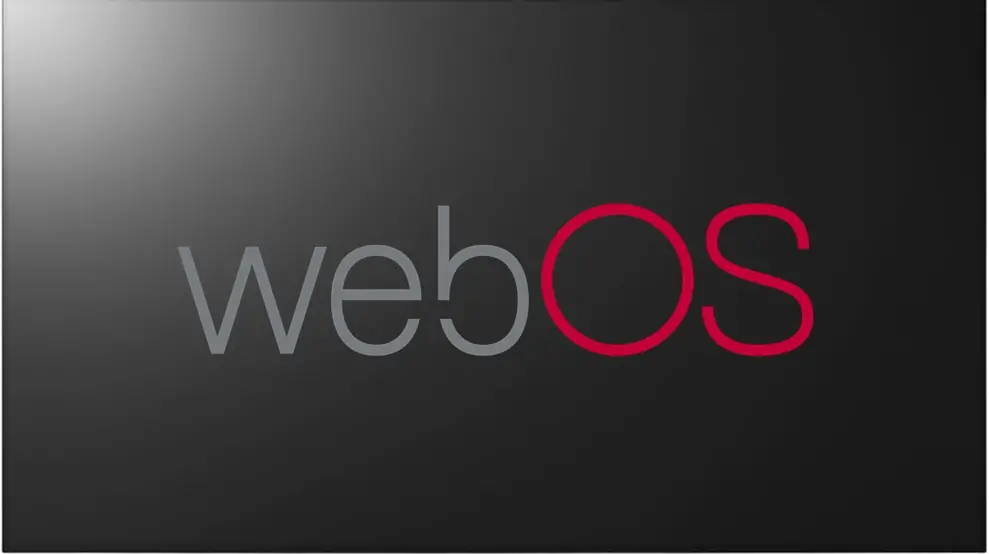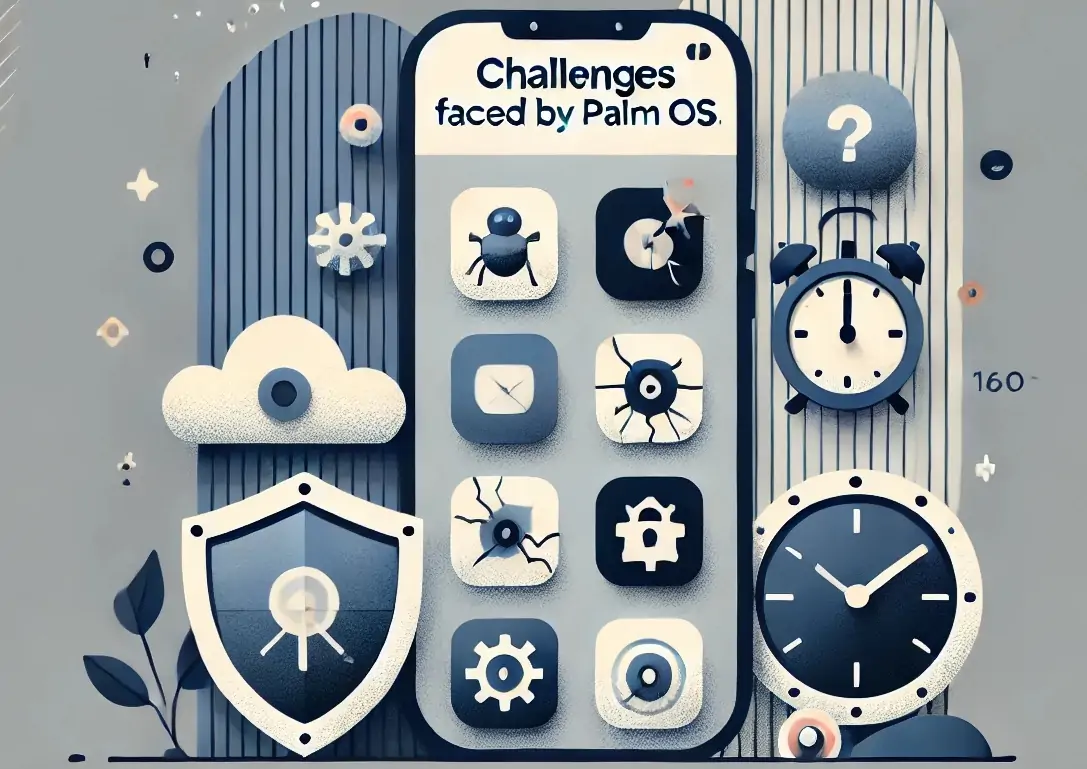Palm OS, originally developed by Palm Computing, was one of the first operating systems for personal digital assistants (PDAs). Launched in 1996, it played a crucial role in the evolution of mobile operating systems by introducing features like touch input and handwriting recognition. This made it easier for people to manage contacts, schedules, and notes on the go. Its simplicity and ease of use paved the way for future mobile technologies, influencing the design of later smartphone operating systems.
Historical Context and Development
Palm OS was conceived by Jeff Hawkins and initially released in 1996 by Palm, Inc. The operating system was designed for PDAs and offers a simple and user-friendly interface. Development was spearheaded by key figures like Donna Dubinsky and Ed Colligan, who played significant roles in bringing the product to market. The early versions of Palm OS were focused on basic functionalities such as managing contacts, calendars, and notes, making it an essential tool for business professionals and tech enthusiasts.
Over the years, Palm OS underwent several updates and improvements, introducing major versions like Palm OS 3.0, 4.0, and 5.0. Each version brought significant innovations, including enhanced graphics support, wireless communication capabilities, and expanded multimedia features. One of the notable changes was the introduction of ARM-based processors in Palm OS 5.0, which allowed for more powerful applications and improved performance. The evolution of Palm OS played a pivotal role in shaping the mobile device market and set the stage for future advancements in mobile technology.
Versions of Palm OS
Palm OS 1.0
Palm OS 1.0 was introduced in March 1996, marking the operating system’s first release. It was known for its simplicity and efficient design, providing essential personal information management (PIM) features like contacts, calendars, and notes. The first devices running this OS were the Pilot 1000 and Pilot 5000, which quickly gained popularity for their compact size and ease of use.
Palm OS 2.0
Released on March 10, 1997, Palm OS 2.0 brought several enhancements, including improved PIM applications and better screen support. This version was featured in the PalmPilot Personal and Professional devices, which offered additional memory and software options. The upgrades made it more versatile for users looking for a reliable PDA.
Palm OS 3.0
Palm OS 3.0, released in March 1998, introduced continued enhancements and feature updates, including support for color screens and enhanced graphics. This version integrated more robust PIM functionalities and expanded the operating system’s capabilities, allowing for more complex applications. It also began Palm OS’s broader adoption in the business and consumer markets.
Palm OS 4.0
Released in 2001, Palm OS 4.0 introduced wireless communication and multimedia capabilities, significantly expanding the functionality of Palm devices. It featured an enhanced user interface and improved system performance, catering to the growing demand for more versatile mobile devices. This version laid the groundwork for integrating internet and multimedia features into the Palm OS ecosystem.
Palm OS 5.0 (Garnet)
Palm OS 5.0, also known as Garnet, was released in June 2002 and marked a significant transition with the adoption of ARM processors. This change improved performance, better multimedia support, and enhanced security features. Garnet provided a more stable and powerful platform for developers and users, supporting a wider range of applications and more advanced hardware.
Palm OS Cobalt
Palm OS Cobalt was introduced in 2004 as an advanced version to modernize the operating system with improved multitasking, better multimedia support, and enhanced security. However, despite these promising features, Cobalt faced market challenges and limited adoption due to competition from emerging mobile operating systems like iOS and Android. Consequently, it never gained widespread use and marked the decline of Palm OS as a dominant player in the mobile operating system market.
Key Features of Palm OS
User Interface and Design
Palm OS was known for its intuitive user interface, primarily navigated using a stylus. One of its standout features was the Graffiti handwriting recognition system, which allowed users to input text by writing simplified characters on the screen. This design made it easy for users to interact with the device and quickly access applications and functions.
Built-in Applications and Tools
Palm OS has a built-in Personal Information Management (PIM) application suite, including a calendar, address book, to-do list, and memo pad. These tools were essential for managing daily tasks and schedules. Palm OS supported expansion capabilities, allowing users to increase storage through memory cards and install third-party software to enhance the device’s functionality.
Hardware Integration
Palm OS was integrated into several notable devices, including the PalmPilot and Handspring Visor. These devices were known for their compact size and ease of use. They were compatible with various peripherals and accessories, such as keyboards, modems, and GPS units, expanding their functionality and making them versatile tools for personal and professional use.
Impact and Legacy
Influence on Modern Mobile OS
Palm OS played a crucial role in developing modern mobile operating systems. Its contributions to mobile computing included pioneering features such as a stylus-based interface, touchscreen navigation, and robust PIM applications. These innovations set the standard for subsequent mobile platforms. While Palm OS eventually declined in popularity, its influence is evident in the design and functionality of contemporary operating systems like iOS and Android, which built upon the foundations laid by early pioneers like Palm.
Community and Developer Ecosystem
A vibrant community of developers and fans supported Palm OS, contributing to its rich ecosystem of third-party applications. This community was instrumental in extending the functionality of Palm OS devices, creating a wide range of applications from games to productivity tools. The availability of developer resources and the platform’s openness encouraged innovation, making Palm OS a popular choice for developers and users during its peak. This thriving ecosystem fostered a culture of collaboration and creativity that impacted the tech community.
Decline and End of Life
Market Challenges and Competition
The decline of Palm OS can be attributed to the rise of competing platforms like Windows Mobile, Symbian, iOS, and Android. These newer systems offered more advanced features, better multimedia support, and more robust app ecosystems, making them more appealing to consumers. Strategic missteps and a lack of timely innovation left Palm OS struggling to keep up with the rapidly evolving market. Introducing more powerful smartphones with integrated internet and multimedia capabilities further eroded Palm OS’s market share.
Transition to webOS
In a bid to revitalize its product line, Palm was acquired by HP in 2010, leading to the development of webOS, a new operating system designed to compete with the likes of iOS and Android. webOS featured advanced multitasking capabilities and an intuitive user interface, but despite positive reviews, it struggled to gain a foothold in the market. HP eventually discontinued the development of webOS devices, marking the end of Palm’s influence in the mobile operating system landscape. The final stages of Palm OS saw a gradual phasing out of support, culminating in its official discontinuation.
User Experience with Palm OS
Ease of Use
Palm OS was renowned for its intuitive design and user-friendly interface, making it accessible even to those with limited technical knowledge. The operating system’s layout was straightforward, with easy navigation through a stylus and a simple touch interface. Graffiti handwriting recognition made data entry quick and efficient, although new users had a slight learning curve to master the system’s unique gestures and commands.
Productivity and Efficiency
Palm OS was highly regarded for its productivity and efficiency features, centered around its built-in Personal Information Management (PIM) applications. Users could effectively manage their schedules, contacts, and tasks using the calendar, address book, to-do list, and memo pad. These applications were widely used in business and personal settings, helping users stay organized and productive. The platform supported various popular applications, including document editors, financial tools, and games, making it a versatile tool for everyday use.
Challenges Faced by Palm OS
Technical Limitations
Palm OS faced significant technical limitations, particularly with its hardware constraints. Devices running Palm OS often needed more processing power and memory, which restricted the complexity and performance of applications. This limitation was particularly evident in multitasking and multimedia support, where Palm OS needed help to handle more demanding tasks than newer platforms. As mobile technology advanced, these limitations became more pronounced, making it difficult for Palm OS to keep up with user expectations.
Market Competition
The emergence of competing platforms such as Windows Mobile, Symbian, iOS, and Android presented significant challenges for Palm OS. These platforms offered more advanced features, better user experiences, and stronger developer support, quickly capturing market share. Palm OS struggled to innovate at the same pace as these competitors, leading to a decline in popularity. Introducing mobile phones with more powerful hardware and integrated multimedia and internet capabilities further exacerbated the challenges faced by Palm OS.
Strategic and Management Issues
In addition to technical and market challenges, Palm OS faced strategic and management issues that impacted its growth. Business decisions, such as the delayed transition to more modern hardware and software architectures, hindered the platform’s ability to compete. HP’s acquisition and subsequent focus on webOS shifted resources away from Palm OS, leading to a decline in development and support. These strategic missteps made maintaining developer and user interest challenging, ultimately contributing to the platform’s decline.
Conclusion
Palm OS made significant contributions to the development of mobile technology, introducing key innovations like stylus-based navigation and robust PIM applications. Its influence is still felt today, as it paved the way for modern mobile operating systems. Understanding the evolution of technology, like Palm OS’s journey, highlights the importance of early innovations. We invite you to share your thoughts, memories and experiences with Palm OS, celebrating its role in shaping the tech landscape.
